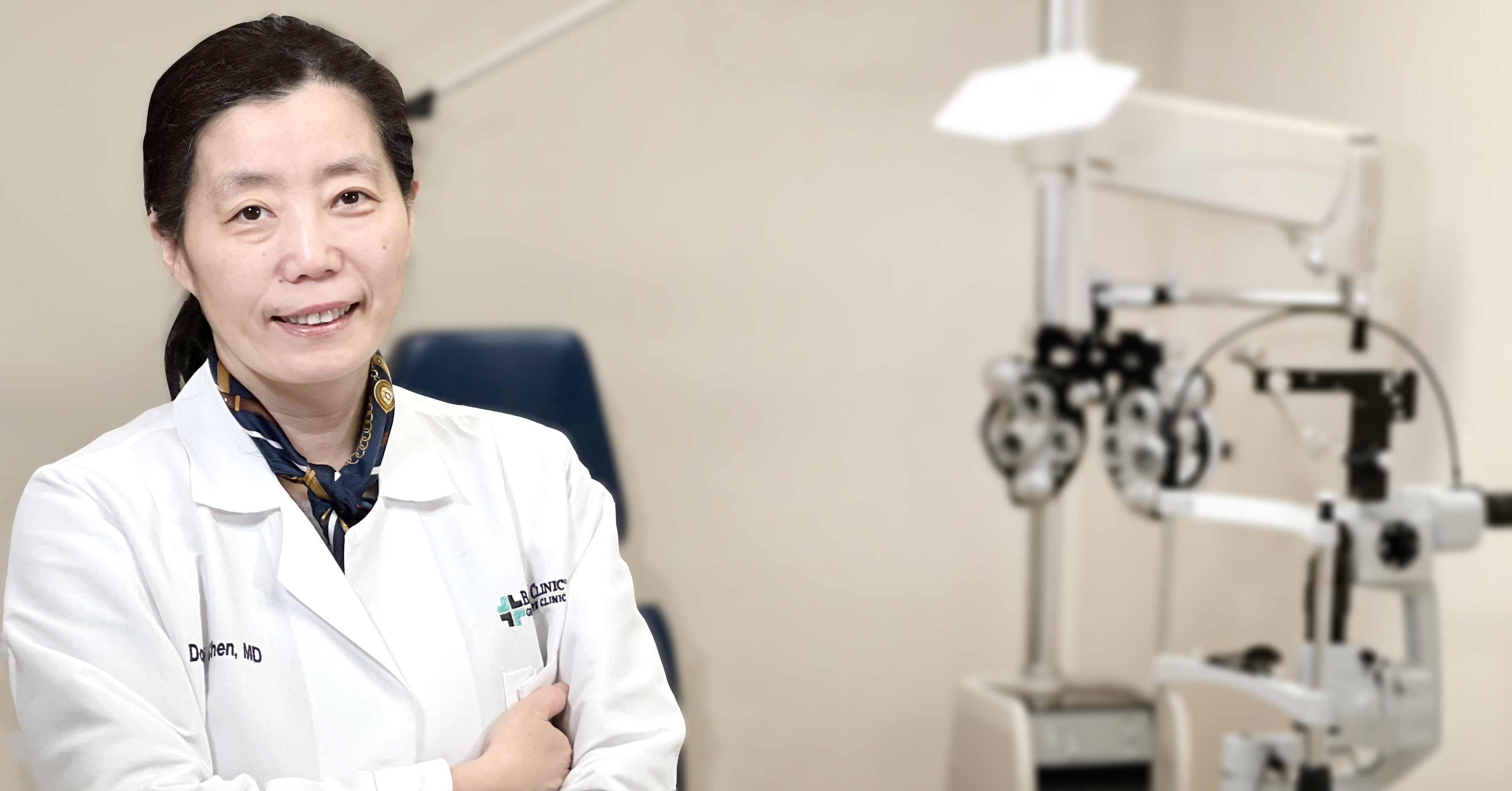Cataracts are a natural part of the aging process for many people.
They occur when the clear, transparent lens inside the eye turns cloudy, causing blurred vision. The clouded lens changes the way light enters the eye.
“Essentially, a cataract happens when your eye’s lens begins to slowly break down over a period of time,” Dr. Dongmei Chen says. She’s a board-certified ophthalmologist with BayCare Clinic Eye Specialists. “It results in a decrease in vision among other issues.”
If left untreated or undiagnosed, a cataract can cause blindness or other serious eye diseases such as glaucoma.
“For those with a family history of cataracts, scheduling and following through with regular eye exams is the best way to help determine the best course of action for managing or treating cataracts,” Chen says.
Who gets cataracts?
“It’s typically an age-related process, a normal part of aging that cannot be prevented,” Chen says of cataracts. “It’s really just a developmental, age-related process. By the age of 65, about 90 percent of individuals will have cataracts. It is a very common occurrence.”
Cataracts can develop in young people, even infants, because of genetic issues, disease, eye injury or long-term use of steroid medications.
“However, the vast majority of cataract cases that we treat are in adults,” Chen says.
Cataracts can develop in young people, even infants, because of genetic issues, disease, eye injury or long-term use of steroid medications.
“However, the vast majority of cataract cases that we treat are in adults,” Chen says.
How are cataracts treated?
At the early stage, cataracts can be managed by changing glasses. Surgery is the next treatment option, although it can be delayed depending on the severity of the cataracts.
“Surgery is fairly straightforward,” Chen says. “We break up and remove the diseased lens and replace it with an intraocular lens. This effectively restores clear vision, although glasses or contact lenses may still be required to continue to correct any nearsightedness, farsightedness or astigmatism that was there before cataract surgery.”
It’s an outpatient procedure. Most people who have cataract surgery can return to their daily activities the next day.
Cataracts do not return after surgery, Chen says.
Cataract symptoms
These symptoms may indicate a cataract has developed:
- Clouded, blurred or fogged vision
- High sensitivity to light and glare
- Difficulty seeing at night
- Seeing halos around lights
- Colors appear dull or muted
- Glasses no longer seem effective
- Double vision
“If you notice irregularities with your vision, make an appointment for an eye exam,” Chen says. “In particular, if you have a family history of cataracts, an eye examination can help detect them and other eye diseases at their earliest stages.”
